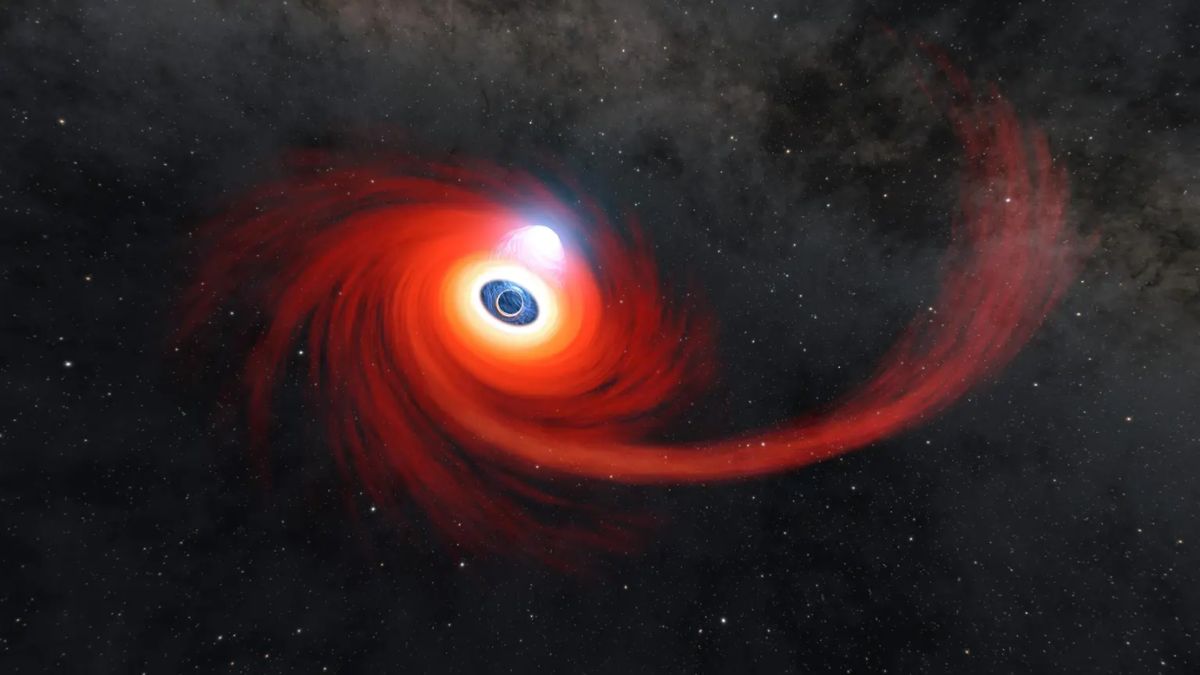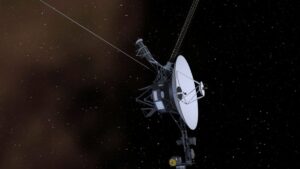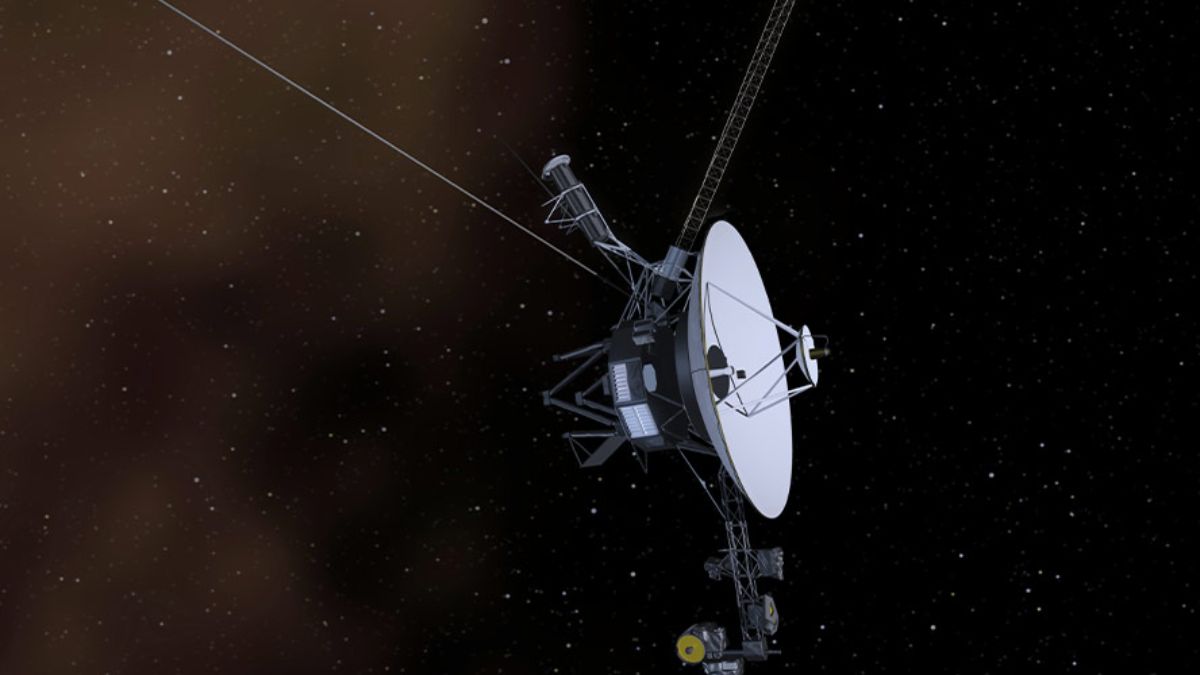NASA has made another incredible discovery, and this time, it’s all about black holes and massive stars colliding in one of the most energetic space events ever seen. Black holes have long fascinated scientists for their ability to pull in everything around them—even light.
Table of Contents
But what happens when they devour giant stars? Well, thanks to NASA’s latest observations, we’re beginning to know just how dramatic and powerful that process really is.
Space may still be full of mysteries, but discoveries like this help us decode how the universe works, piece by piece. Let’s take a look at what NASA found and why it’s such a big deal.
Blackholes
So first, a quick refresher—what exactly is a black hole?
Black holes are regions in space with gravity so strong that nothing—not even light—can escape from them. This makes them impossible to see directly. However, when they swallow up nearby gas, dust, or stars, the matter heats up and releases intense light. That’s how astronomers are able to detect black holes, even though the black hole itself remains invisible.
Despite sounding like something from a sci-fi movie, black holes are real and incredibly important. They help shape galaxies, control star movements, and even trigger the formation of new stars.
Discovery
Here’s what NASA found: three powerful events where supermassive black holes destroyed massive stars. These weren’t just any explosions—these were extreme. The events produced so much energy, they were active for months and bright enough to be seen across galaxies.
Scientists gave these events a name: Extreme Nuclear Transients. They happened near the centers of galaxies, where supermassive black holes usually live, and released more energy than 100 supernova explosions combined.
In simple terms? These are some of the most powerful cosmic fireworks the universe has ever seen.
Terminology
You might be wondering, why call them “Extreme Nuclear Transients”? Let’s break that down:
- Extreme: Because the energy released was unbelievably massive—far beyond what we normally observe.
- Nuclear: The events occurred in the nucleus (center) of galaxies, where the supermassive black holes are located.
- Transients: Because these events don’t last forever. They’re temporary flashes of insane energy that eventually fade.
So, now you know—every part of that name actually tells you something about what happened.
Telescopes
As we mentioned earlier, black holes are invisible, so scientists rely on telescopes that can pick up different kinds of light, especially X-rays and ultraviolet rays that are given off when stars get destroyed.
Here’s a look at the tools that made this discovery possible:
| Telescope | What It Did |
|---|---|
| Zwicky Transient Facility (ZTF) | Detected the event “Barbie” in 2020 |
| ESA Telescopes (Europe) | Captured two other events in 2016 and 2018 |
| Swift Telescope | Detected high-energy X-rays |
| WISE Telescope | Observed infrared emissions |
One of the events was even given a catchy nickname—Barbie—after being detected in California. It’s rare for space events to get such a memorable name, but scientists thought it would be better than another random mix of letters and numbers. And honestly, they were right.
Significance
You might be asking, why should we care about some explosions happening light-years away?
Well, these massive energy bursts can actually affect the environment of an entire galaxy. When black holes release this much energy, it can heat up surrounding gas, push stars out of position, or even stop new stars from forming.
And that’s not all. This discovery helps scientists figure out how black holes grow, how galaxies evolve, and maybe even how our own Milky Way came to be.
Future
NASA isn’t stopping here. To better study these intense events, they’re developing a new telescope called the Nancy Grace Roman Space Telescope. It will be able to scan deep space and detect similar events in distant, ancient galaxies.
This could unlock answers about the early universe—how stars formed, how galaxies were built, and how black holes came to exist in the first place.
So stay tuned. With every new telescope comes new discoveries. And if history has taught us anything, it’s that NASA will continue to surprise us with what they uncover in the far reaches of space.
FAQs
What are extreme nuclear transients?
Explosions from black holes devouring massive stars.
Why are black holes invisible?
Because their gravity traps even light.
What was the event called Barbie?
A 2020 star destruction event spotted in California.
What telescopes were used?
ZTF, Swift, WISE, and European telescopes.
What is NASA’s new telescope?
The Nancy Grace Roman Space Telescope.

















